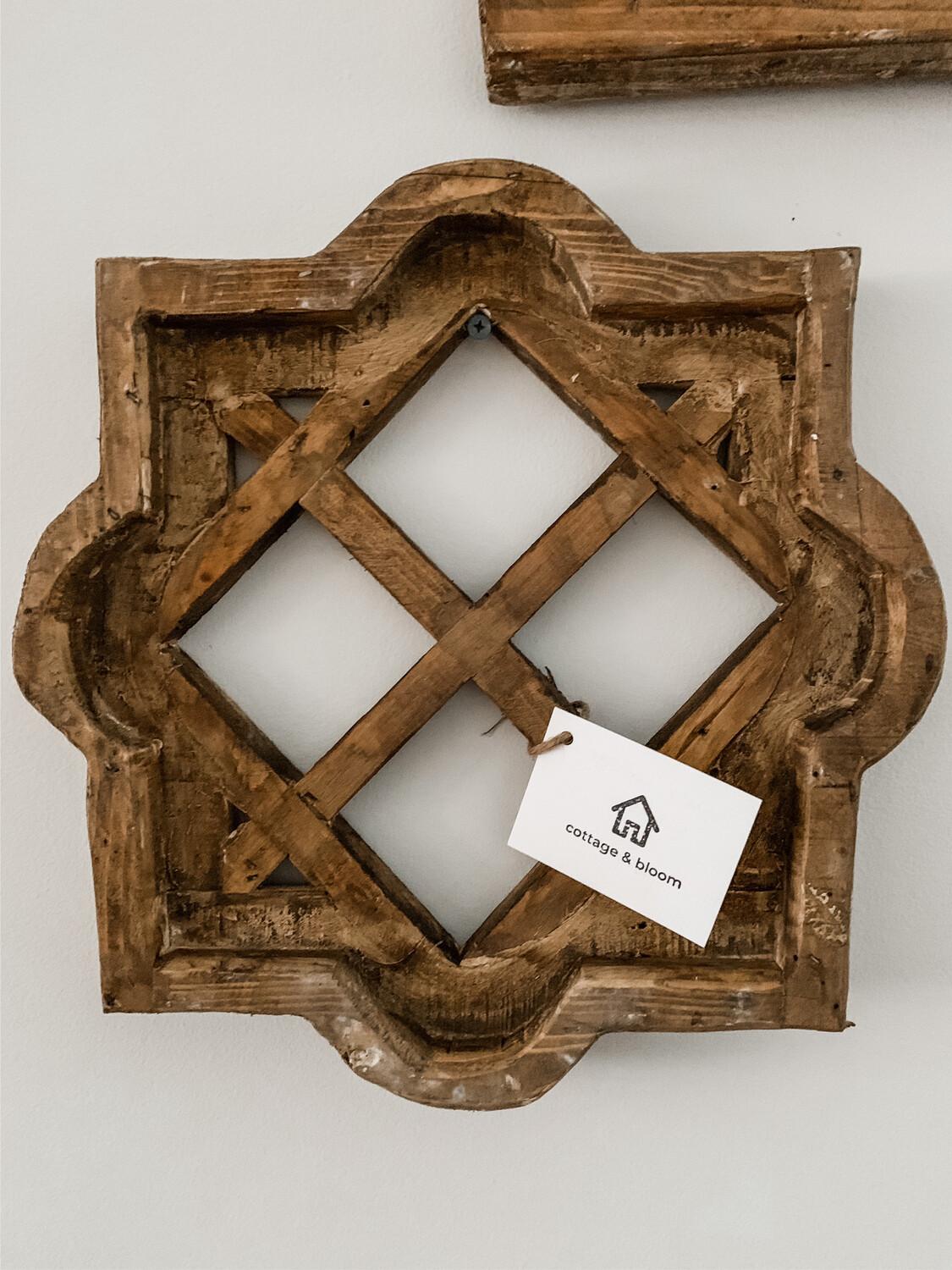
The pattern size on the image is a guide, and may be slightly smaller to larger depending on the size of the panels. Unframed works well well for inset panels. Please also let us know in this section if you would like your panel framed or unframed. In the personalisation box, please tell us your exact dimensions in mm. Please note, if your door has hinges and there isn't much clearance when opening, you would be better choosing 1.5mm. * IMAGE 2 REPRESENTS ACTUAL PRODUCT - ALL OTHER IMAGES ARE SUGGESTIONS FOR USE AND FINISH*Ĭhoose the sized panel that fits your project. As a custom sized item, we do not accept refunds, and cancellations need need to be made within 12 hours of ordering. PLEASE NOTE: This is a custom sized item, please read the following instructions and choose the size panel to fully fit your project. There are so many options with these panels and we can't wait to see what you create with them! The wooden inlays can be sprayed, painted or finished with a gilding wax. The backing is a strong adhesive so once you have finished painting your panel, simply remove the backing and apply! These inlays are cut exactly to the size you need, with laser precision. Available as bare wood, this elegant Art Deco pattern will quickly transform your projects. For this reason, modern shoji makers sometimes include a laminate covering, or even a paper-like acrylic to replace it entirely.Deco Lattice is a popular stencil design, so we are delighted to be now offering it as a wooden inlay / only self-adhesive panel. If you accidentally poke more than a small hole in it, the paper would usually need to be replaced. Shoji paper is thicker than writing paper, but as paper it is still a little fragile and difficult to repair.


Usually this is a plain grid form, but sometimes include very elaborate carvings and lattices. The paper covering is stretched taut over a wooden or bamboo frame. However, commercial manufacturing, which began in the late 1800s, as well as the introduction of synthetic fibers in the 1960s helped make the paper more affordable and easier to come by. The paper was once considered valuable and scarce because it was hand-made of natural materials. Traditionally, washi is made of Japanese mulberry trees or shrubs. The main component of shoji screens is, of course, the paper covering, which is composed of the Japanese-style washi paper (for more information see What is Japanese Washi Paper? All You Need to Know). These days they can either be painstaking handcrafted by expert artisans, or mass produced in industrialised factories. The processes and materials involved in making shoji have evolved and simplified over time. Yukimi-shoji (雪見障子), meaning snow viewing shoji, is a type of window made so the bottom half slides upwards, often to reveal a beautiful view Tsuitate (衝立) is a single panel entrance screenįusuma (襖) is a Japanese sliding door, which is sometimes refered to separately from shoji, but was originally considered a type of shoji. They are rarely plain, however usually featuring elaborate and beautiful works of art.
Wooden lattice over windows represents portable#
These possibilities have inspired creative expression over the years.Ĭommon elements related to shoji, for both functional and artistic purposes, include:īyobu (屏風) is a folding screen, literally translated to protection from the wind, and can be considered a kind of portable shoji. Because of their paper construction, they can be painted on directly, or the lattice can be worked into intricate patterns. Shoji have come to have an aesthetic role as well as a practical one. Yet their enduring popularity means they often appear in modern homes, hotels, and even offices.

Shoji tend to feature more prominently in older and more traditional homes and structures, so you will certainly see them in Japanese temples and ryokan. They act like curtains, shielding and protecting dwellers from outside elements, yet letting in light and sound to a degree.


 0 kommentar(er)
0 kommentar(er)
